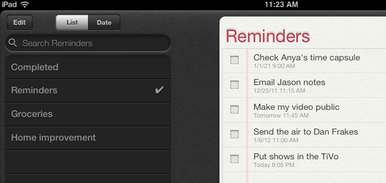CUPERTINO, California-March 5, 2012-Apple® today announced that more than 25 billion apps have been downloaded from its revolutionary App Store™ by the users of the more than 315 million iPhone®, iPad® and iPod touch® devices worldwide. The 25 billionth app downloaded, Where's My Water? Free, was downloaded by Chunli Fu of Qingdao, China. As the winner of the App Store Countdown to 25 Billion Apps, Chunli Fu will receive a $10,000 iTunes® Gift Card.
"We'd like to thank our customers and developers for helping us achieve this historic milestone of 25 billion apps downloaded," said Eddy Cue, Apple's senior vice president of Internet Software and Services. "When we launched the App Store less than four years ago, we never imagined that mobile apps would become the phenomenon they have, or that developers would create such an incredible selection of apps for iOS users."
The revolutionary App Store offers more than 550,000 apps to iPhone, iPad and iPod touch users in 123 countries around the world, with more than 170,000 native iPad apps available. App Store customers can choose from an incredible range of apps in 21 categories, including Newsstand, games, business, news, sports, health & fitness and travel. The App Store has paid out more than four billion dollars to developers.
Apple designs Macs, the best personal computers in the world, along with OS X, iLife, iWork and professional software. Apple leads the digital music revolution with its iPods and iTunes online store. Apple has reinvented the mobile phone with its revolutionary iPhone and App Store, and is defining the future of mobile media and computing devices with iPad.




